Understanding how long your shoes last will ensure you always get the protection, comfort, and support they provide.
For athletes, changing their shoes is usually based on their mileage.
On the other hand, it’s all about the feeling of regular people.
If the shoes still feel good, you can still wear them for a couple of months.
Most change their walking shoes only once they’re completely worn out.
As you wear your walking shoes, the support and comfort also wear out.
Thus, you need to know how often to replace your walking shoe.
So, when is the best time to buy a new pair of walking shoes?
How many miles do walking shoes last?
Below are some of the things that you should know.
We hope you love the products we recommend! We only have products that we thoroughly investigate and believe are of real value to you.
As an Amazon Associate, Sports Send earns from qualifying purchases and collects a share of sales or other compensation from the links on this page. It is at no extra cost to you.
How Many Miles Should a Good Pair of Walking Shoes Last?
A regular pair of athletic shoes can only last for about 350 to 500 miles.
Even if you’re using the most durable walking shoes, the maximum mileage they can deliver is only 500 miles.
If you force to use or wear them beyond the 500-mile limit, the support and comfort will continue to dip.
Your weight will also be a factor in answering “How many miles do walking shoes last or can handle?”
The higher your weight is, the faster your walking shoes will wear out.
If you’re obese or overweight, there’s a chance your shoes won’t even reach the 350-mile minimum.
You should also remember that old shoes wear faster than new ones.
That means if you continue to use an old walking shoe beyond its limit, you are only putting yourself at risk.
You will be more susceptible to injuries when using old walking shoes because the support that it offers is probably next to none.
If you’re not tracking the mileage of your shoes, you can decide based on your daily walking time.
If you’re walking 30 minutes a day or around three to four hours a week on average, you should replace your shoes after six months.
When you’re walking 60 minutes a day or seven hours a week, you need to replace your shoes after three months.
How Do You Know When Shoes Are Worn Out?
Most of you are probably not convinced about the 500-mile limit.
You might still be considering the shoe’s appearance when you’re thinking about replacing it.
That is not a bad idea because the shoes’ wear and tear will start to appear after a while.
That will be a good indication that your walking shoes need replacement.
We listed down some of the obvious signs that your walking shoes need replacing that you need to make a note of.
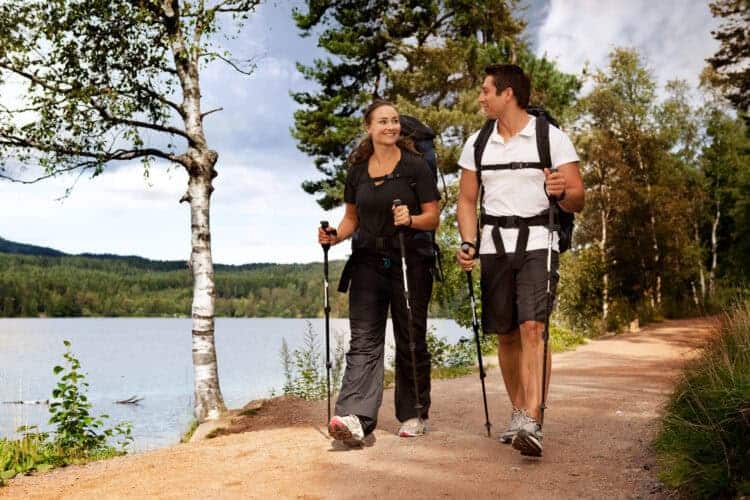
The Sole Is Wearing Down
The most common sign that you need to replace your walking shoe is when the sole starts to wear down.
The more you walk with your shoes, the more erosion will take place, which will slowly chip away on the sole.
You will notice that the heel area of the shoes and the area below the balls of your feet will start to thin down.
If you continue to use the shoe despite this obvious sign, it will start to get slippery as the shoe’s traction is almost gone.
The amount of wear and tear on the sole will depend on the material used and overall quality.
The Sole Is Peeling Away
For top-quality walking shoes, this is a problem that usually occurs when they’re too old.
High-quality shoes are made from durable materials, and the sole will not easily peel away from the body after a few months.
This problem occurs when the sole is only glued to the body of the shoe.
Over time, the adhesive will lose its stickiness.
The sole will also slowly separate from the body of the shoe.
Although you can still glue the sole back, the feeling and comfort won’t be the same.
Also, the glue might lose its stickiness faster than before, so it’s better to replace the shoe when this happens.
Water Is Entering Your Shoes
If your shoes got wet due to torrential rain, then there’s nothing you can do about it.
That’s because water will surely seep into your shoes.
However, if the rain is very light and you notice that your feet are wet, there’s probably a hole somewhere in the shoe.
There’s also a chance that the waterproofing has already worn out.
There are protective sprays that can temporarily solve this issue, but they will also wear out after a couple of uses.
Split Leather
Although not all walking shoes have leather material, this is something that you should look out for.
This problem happens on low-end shoes.
It is mainly because the shoe folds while you’re using it, particularly on the toe area.
After using the shoe for a while, the material will become thinner.
Cracks might also appear on the surface.
When this happens, you should replace your shoe immediately.
The crack and the hole will start spreading until the shoe becomes unusable.
Shoe Lining Is Wearing Out
This problem is not something that you can see, but you can only feel.
As you wear the shoes, the lining will start wearing out, especially shoes with a fabric lining.
It erodes faster compared to walking shoes with a leather lining.
When the lining starts to erode, you will feel less comfortable when you’re wearing your shoes.
Wounds will start to appear on your feet when you walk for a long time, and your feet will hurt faster.
It’s because the support is also wearing out along with the lining.
Your Shoes Become Less Comfortable To Wear
The wear and tear on your shoes may not be noticeable to the naked eye, but your feet can feel them.
Sometimes, your feet will start to hurt while wearing your shoes.
It might baffle you since you have never felt any discomfort while wearing this particular shoe.
If you’re feeling this way, there is a chance that the shoe is starting to wear down.
It means that the support and comfort provided by the shoe are starting to wither away.
If this happens, the only thing that you can do is to replace it with a new one.
How Can You Make Your Shoes Last Longer?
Your shoes will eventually wear down no matter what you do, but it’s always better to get the most out of it, right?
We listed down a few simple ways on how you can make your shoes last longer.
Buy High-Quality Shoes
When you’re buying walking shoes, make sure that you only buy from the best quality brands.
There’s a reason branded shoes are more expensive, and it’s always related to the quality of the materials used for the shoe.
Higher quality materials are more durable and offer better comfort and support, so they’re a better option.
They’re even cheaper since you won’t have to replace your shoe immediately.
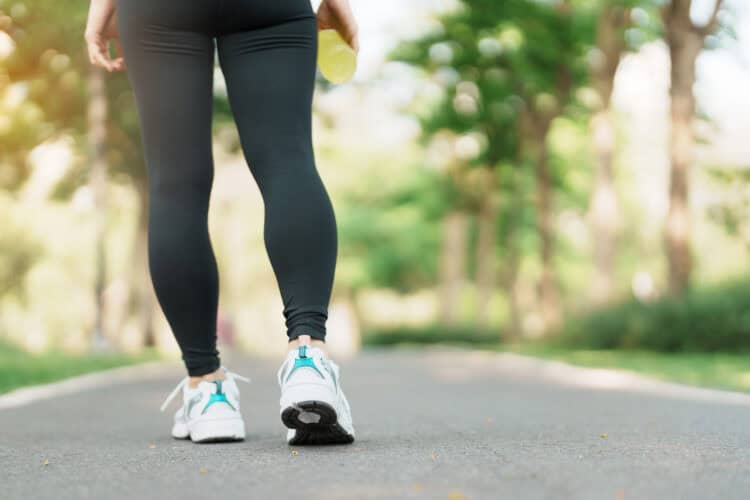
Proper Storage
Shoes are not meant to be kept in the dark and damp areas.
If you leave them there for a few months, they will be full of molds and bacteria.
You need to keep your shoes away from damp areas because moisture can damage them over time.
Always check the airflow in the room and make sure that the shoe is not completely covered.
If you’ll keep your shoes in a box, put desiccant pouches inside the box so they can absorb the moisture and prevent your shoe from being damaged.
Get Another Walking Shoe
This is the best possible tip that you can actually follow if you want to make sure that your shoes will last longer.
If you have at least two pairs of shoes, you won’t have to wear them daily.
They will not get damaged easily if you have an alternate shoe.
It may seem like an expensive suggestion, but this will actually save you more money in the long run.
Shoe prices increase, so it won’t be a good idea to keep replacing your walking shoe.
How Many Miles Do Walking Shoes Last: The Conclusion
You can decide to stick with the 500-mile limit or check for noticeable signs that your shoe is wearing out before replacing it.
You can expect that serious athletes will always change their walking shoes before the first sign of wear and tear appears.
You can just consider the option that would give you more benefit in the long run.

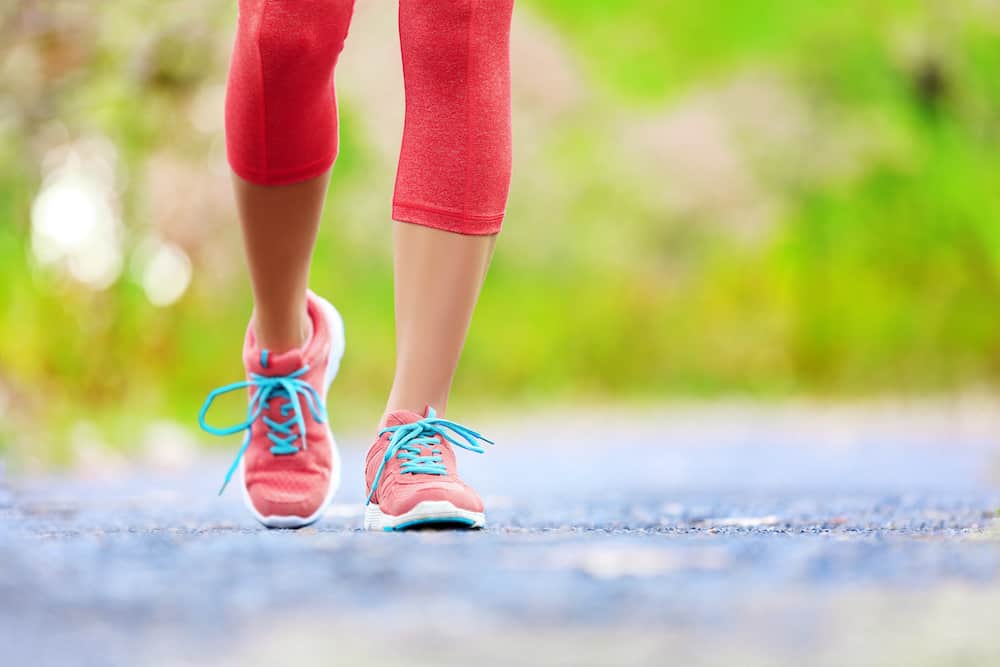
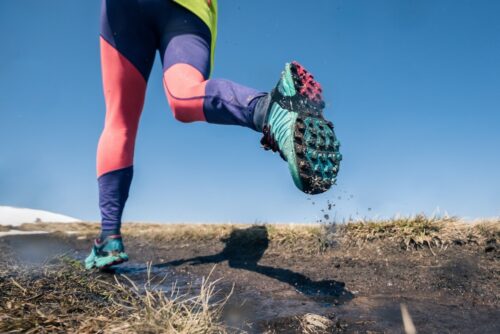
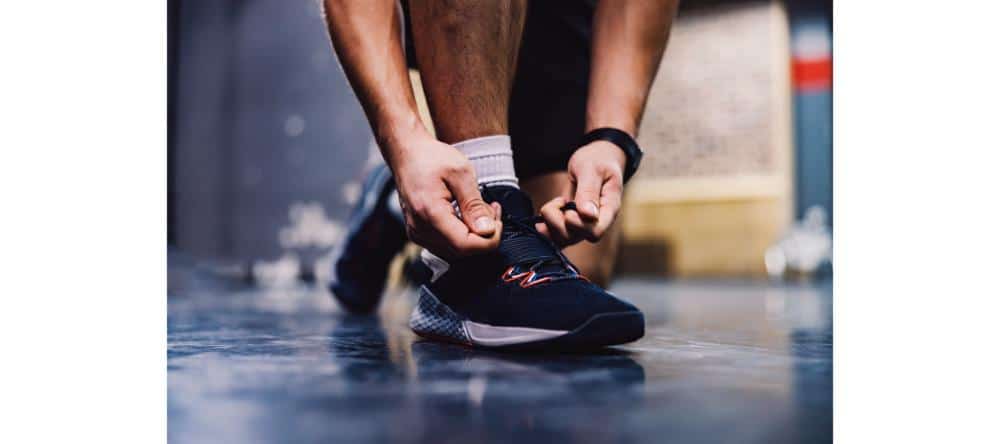
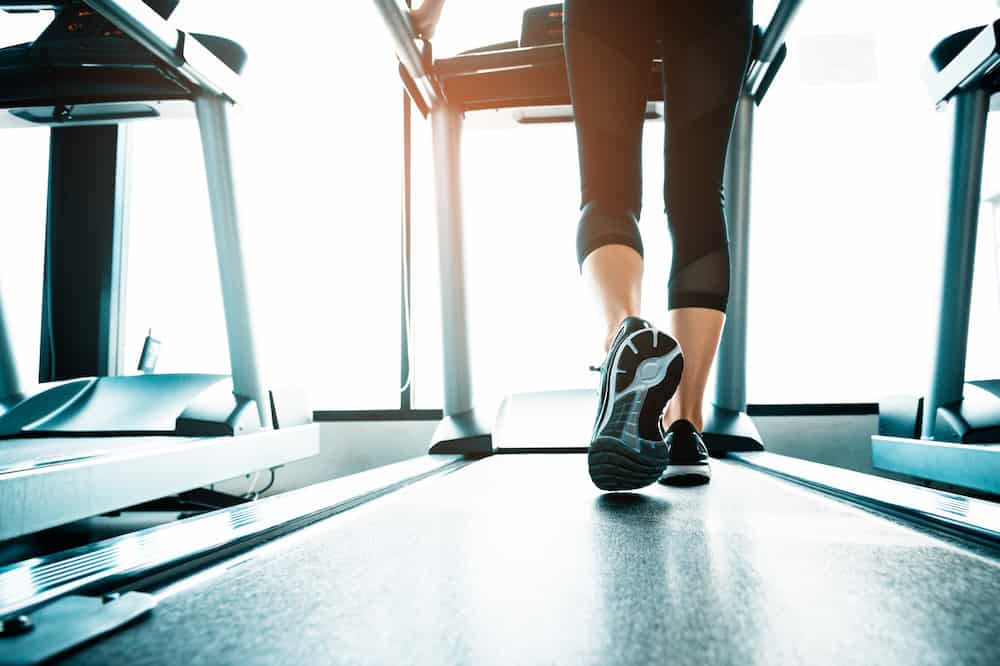
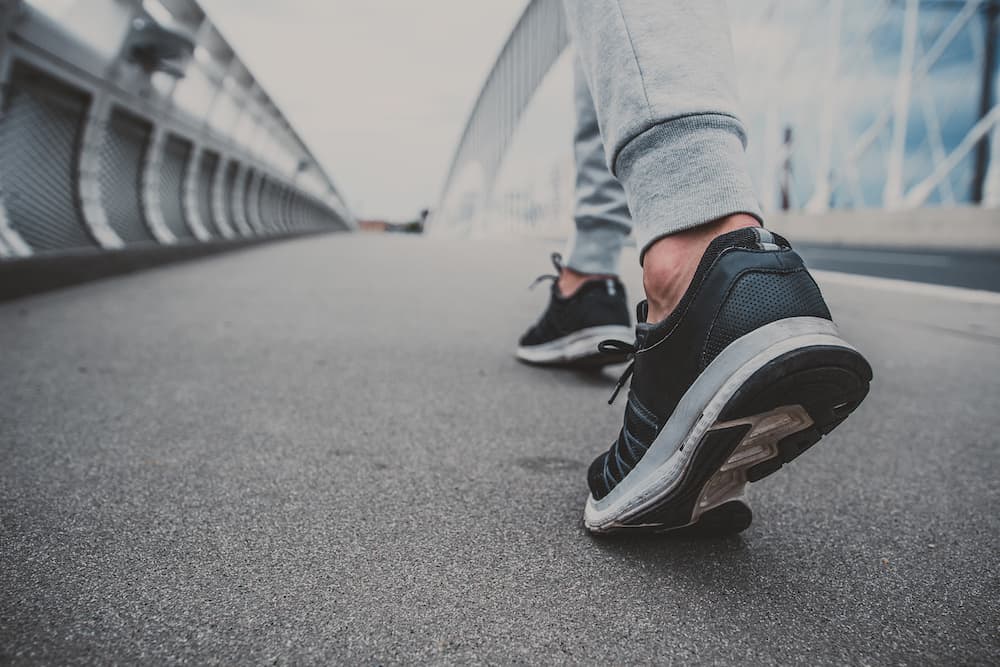
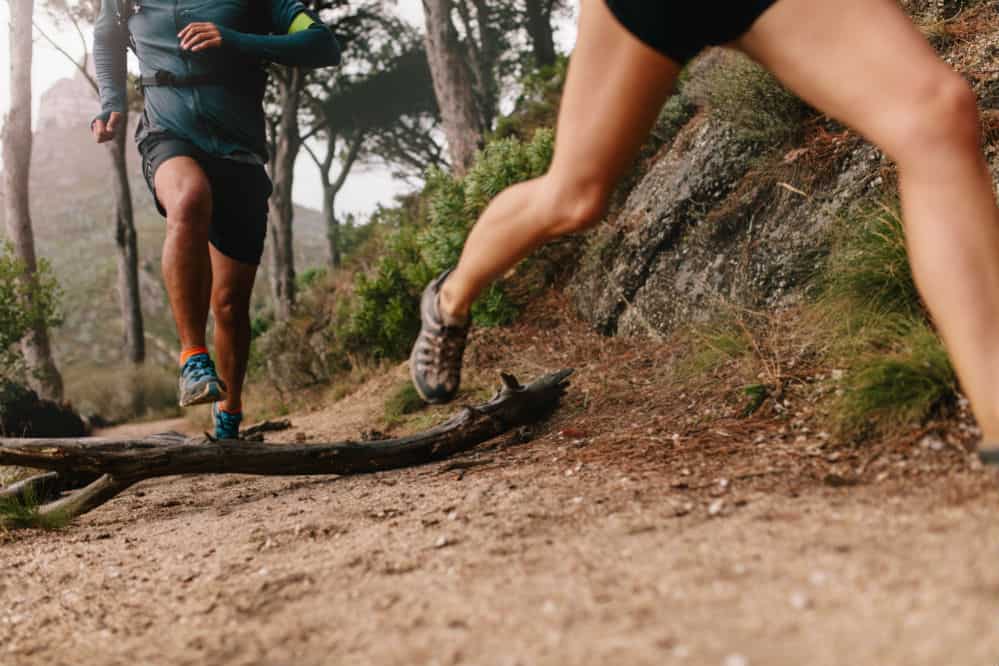
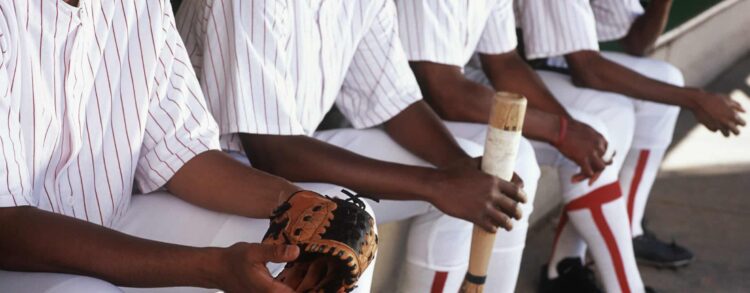




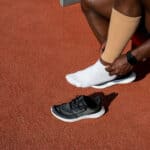

Hi there, I normally replace my shoes based on the heels wearing out, and when the sole under the ball off my foot, it starts feeling thin and not getting enough padding. But it comes as a surprise to me that the maximum is normally only 500 miles. I have never really tried to work out how many miles I have used my shoes for, so it is a great measure to look at the minutes you walk every day or week. Some great tips on looking after and storing shoes as well.
Hi, LineCowley, and thank you.
Thank you for your kind words.
We need always to have in mind that people are different and use the shoes different too. So it can be a huge difference between people how long the shoes last. And between brands, too, as some say 200 miles max.
Great to hear about your benefit of the article too.
Don’t hesitate to contact me to help you with anything else or if you have any questions.
Why is site called sports send? Just wondering if that’s meant to mean something, like do you offer a service where you send sports out somehow?
With the running articles, and all things sport-the only pic shown on your ‘about sportssend’ page is a small one of your face, NOT one of you being sporty/holding any sport gear/doing anything active. At first glance one may guess you’d be into tenpin bowling, or maybe golf as your sport yea?
cool website, lots of good information, but some of us like to know who is providing that info. cheers.
Hi, Jonny, and thank you.
Thank you for your kind words.
I have been around many sports and get excellent knowledge in even more sports because of that. The sport which have taken the most time is soccer (football), team handball (handball) and volleyball.
One of the essential training these sports is running is an excellent example of how many sports you learn even, so you are training and playing in one of them.
Great to hear about your benefit of the article too.
Don’t hesitate to contact me to help you with anything else or if you have any questions.
Hey, I never thought about the fact that even shoes could have a set life span based on mileage. Your article is actually an eye-opener to me. I have to get back home and check my shoes for those wear and tear hints provided by you. I usually go with the feel and outside looks. But after reading your post, I feel that I should keep track of the mileage and then start looking out for those signs because some issues can be subtle and can affect the health of your legs! Thanks a lot for your wonderful post!
Hi, Augustine, and thank you.
Thank you for your kind words.
Great to hear about your benefit of the article too.
Don’t hesitate to contact me to help you with anything else or if you have any questions.